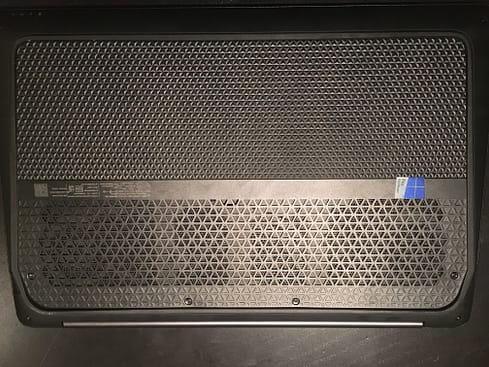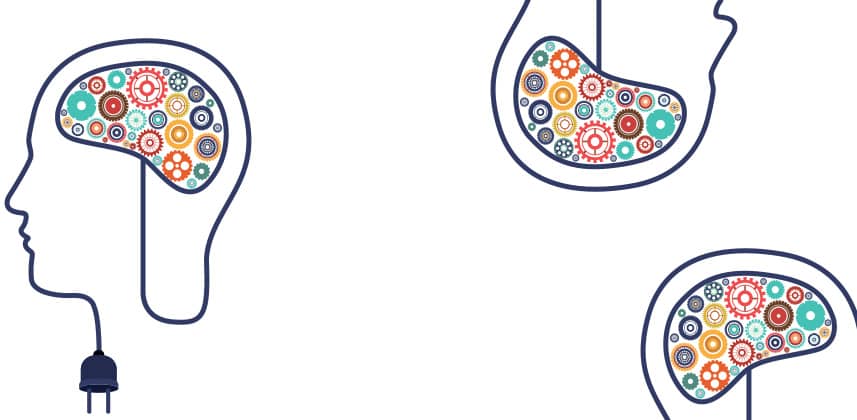| Series |
|---|
HP zBook Studio, GeChic 1303i Monitor, Tangent Ripple & CineXtools!
Hi, Gear Heads!
I hope the hot days of summer are treating you well – or for our members south of the equator I hope you’re staying warm this winter!
This time of year is a weird period in terms of gear releases – for many companies in the production/postproduction space, summer is an R&D (and vacation!) period between major trade shows (NAB & IBC), and for other companies it’s an announcement time for products they ‘hope’ to ship later in the year.
In recent days, announcements from Nvidia, RED, and others have made an otherwise mundane period a bit more exciting, and I’m very much looking forward to announcements from IBC in September.
In the meantime, I have several cool pieces of gear and a piece of software I want to discuss in this installment of Color Correction Gear Head.
HP zBook Studio
If you’ve been a member of Mixing Light for a while, I’ve shared quite a bit about my transition from being 100% Mac based to moving slowly but surely over to Windows (& Linux for my main workstation).
A quick peak around various forums on the Internet reveals that many of our colleagues are doing the same – why?
For many of us, it’s all about more powerful & flexible hardware options vs. the Mac.
To be blunt, you simply can’t get a Mac these days that performs as well as a PC equivalent. I’m not looking to pick a fight about OS, just talking hardware.
People have been lamenting for years now that Apple has abandoned the pro market – I think they did it years ago and did it consciously – that’s the main reason I started looking for alternatives about 2 or 3 years ago for the Macs that I used to earn my living with.
As I side note, MacWorld actually had a very interesting article about the phenomenon recently that you can read HERE.
While finding powerful PC desktops/workstations was a pretty straight forward proposition, one thing that had been holding me back from making a jump to a PC for my mobile needs was that the PC laptops were all big, ugly, clunky things with crap battery life.
While it’s true that in past year or two PC makers have been making sexier machines that are also powerful, (See Microsoft Surface Book, Asus Zenbook) I tried many of those machines (I still have a Surface Book) and they forced me to make too many sacrifices.
Enter the HP zBook Studio.

At NAB 2015 I was able to get a sneak peak of prototype of this machine and said to a friend in the room:
‘If they actually make this, they’ll get a lot of MacBook Pro converts.’
Flash forward to spring of this year when the zBook Studio started to ship – I bought one without hesitation.
Probably the most compelling thing about this machine for me was the form factor – coming in at 4.4 lbs and only 18mm at its thinnest (in the front, it’s tapered, so slightly thicker in the back).
This machine feels a lot like my former Mac Book Pro in many (most) ways.
In terms of specs those are also pretty compelling:
- i5, i7 or Xeon Processor (yes Xeon in a laptop!)
- Up to 32GB of fast DDR4 RAM
- Quadro m1000m 4GB GPU
- Thunderbolt 3, USB 3, AC WiFi, Bluetooth
- Up to 2TB of internal NVMe solid state storage
- Choice of FHD or UHD (either as touch screen or non-touch)
I configured mine with the 1505m Xeon (the 1545m was not available when I ordered), Full HD non-touch screen, 32GB of Ram, 512 NVMe SSD.
After getting the machine, I added a Samsung 950 Pro NVMe SSD (there is an extra slot) that I detailed in last month’s Color Correction Gear Head.
Also, I went with the FHD non-touch screen because probably 50% of my use with this machine is teaching at conferences where I’m plugged into a 1080p projector mirroring my screen anyway. Also, I didn’t want to stress the mobile GPU – while good, is not super beefy.
Access to the internals of this machine are also a big benefit – just a few screws and you’re in – making it easy to add RAM, add an NVMe drive or even replace the internal battery should it go bad – those are huge benefits as far as I’m concerned vs. a MacBook Pro.

There are few things to keep in mind with this machine:
- It gets warm – packing a Xeon processor into a such a small space this should be expected, but if you do a lot of actual work with a machine on your lap (as opposed to desk) be aware.
- Fans – see above! The fans do come on quite a bit, and at least in my copy, there is a slight fan whine. At first, this really bothered me but I’ve tuned it out. Also very helpful is the use of one of the many fan tuning utilities available for Windows 7,8,10.
- Thunderbolt 3 – Thunderbolt 3 is very new. TB3 devices are not very plentiful (but that’s changing) so you’re going to want to make sure you pickup a TB3 > TB 2 adapter like the StarTech or Kanex ones that are available on Amazon.
Overall, I’m very happy with this machine – it runs Adobe apps fantastically and DaVinci Resolve well with HD footage.
While there are for sure systems out there (many gaming laptops) that have beefier video cards – those machines are super heavy, have batteries that last for about 8min and are as thick as a copy of War & Peace.
The zBook Studio for me is a fantastic balance of power and form factor.
Finally, I should also mention that I did strongly consider the excellent Dell Precision 5510. I actually liked the screen WAY better on the Dell, but the fact that the Dell features only a 2GB version of the m1000m vs. the 4GB variant in the HP I went with the slightly better card in the HP.
Member Content
Sorry... the rest of this content is for members only. You'll need to login or Join Now to continue (we hope you do!).
Need more information about our memberships? Click to learn more.
Membership optionsMember Login


